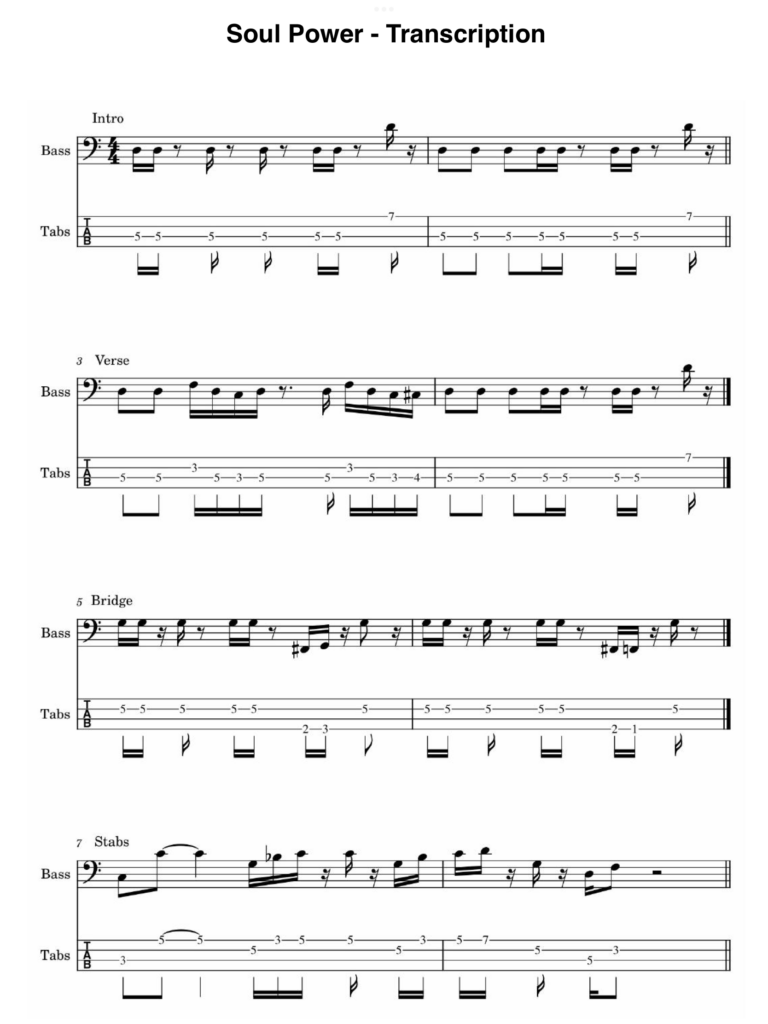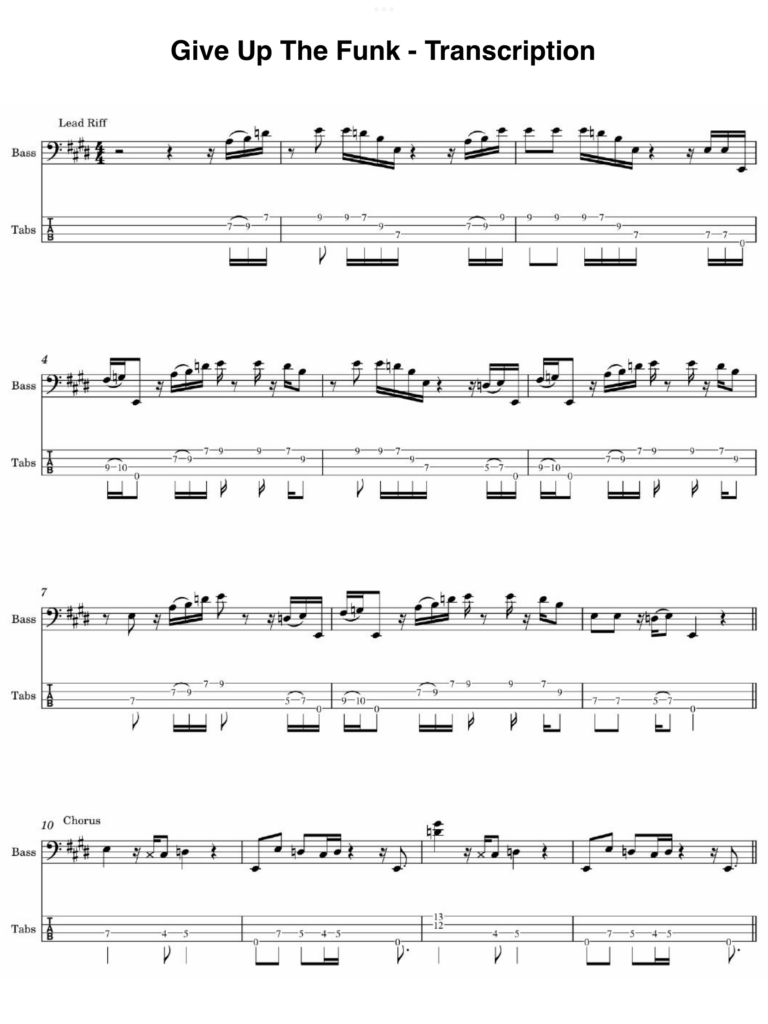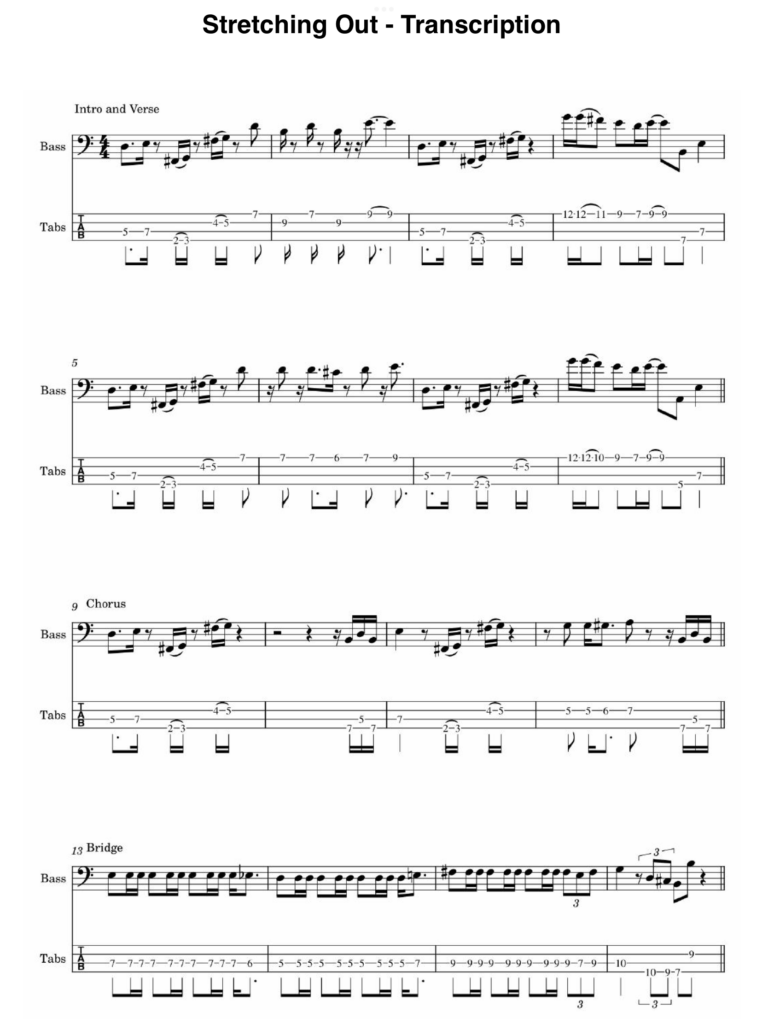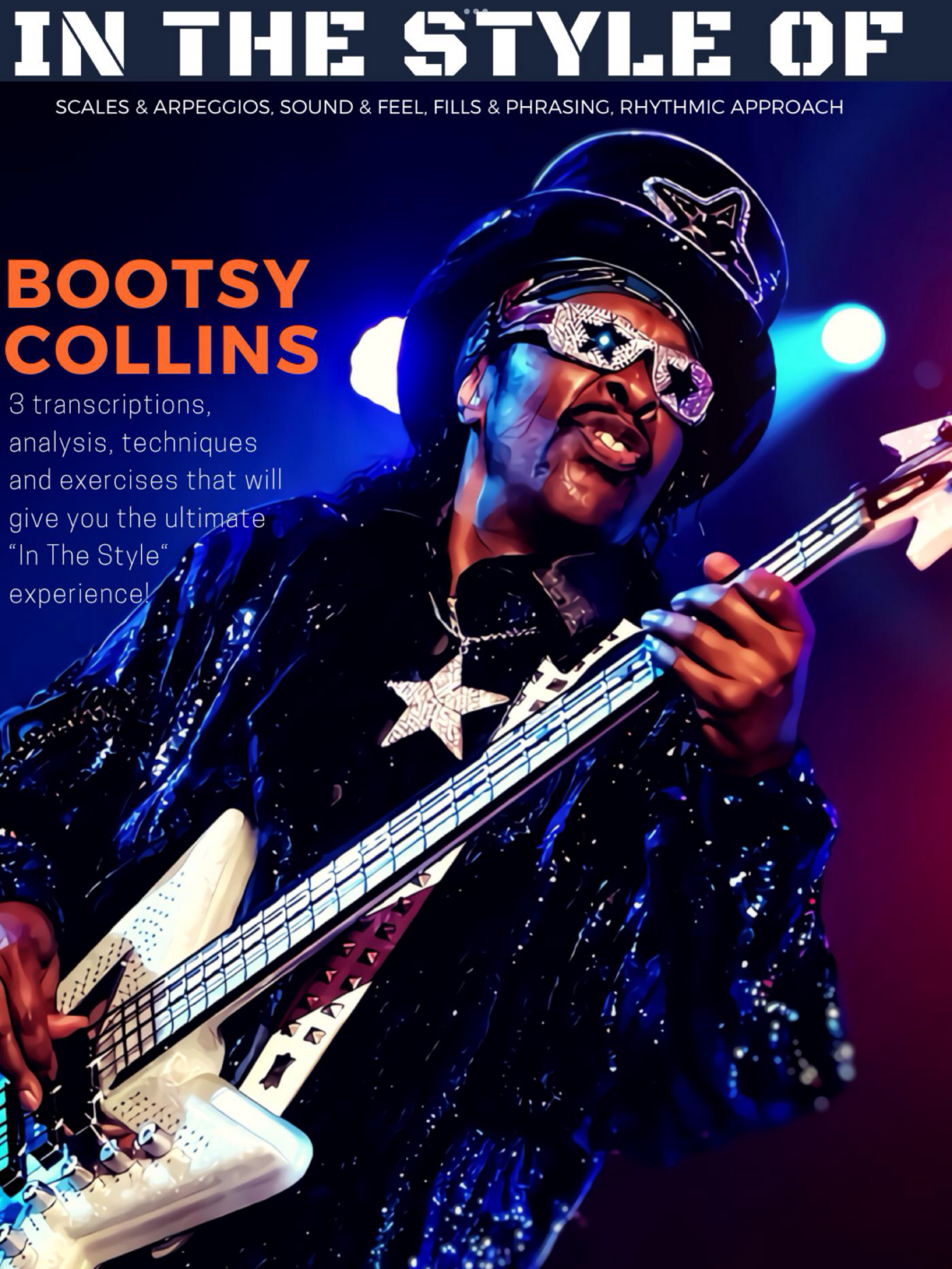The Unmistakable Groove of Bootsy Collins
Dive into the world of Bootsy Collins, the legendary ‘Mr. Funk Bass’, whose unparalleled style and profound influence have reshaped the landscape of funk music.
From Cincinnati to the World Stage
In the late 1960s, Bootsy and his brother formed The Pacemakers, catching the eye of James Brown. Bootsy’s electric stage presence and bass skills marked a significant epoch in Brown’s career, distinctively enriched by Bootsy’s innovative bass lines.
The Psychedelic Funk of Parliament-Funkadelic
Post-James Brown, the early ’70s was a transformative era for Bootsy as he joined forces with George Clinton’s Parliament-Funkadelic. Bootsy wasn’t just a bassist but a vibrant personality who wrote songs and sang. His pivotal contributions during this period include hits like “Flash Light” and “One Nation Under a Groove.”
Charting His Own Course
By the late ’70s, Bootsy’s solo career soared with albums that not only showcased his unique flair but also cemented his status as a funk icon. Classics like “Bootsy? Player of the Year” and tracks such as “Bootzilla” highlight this era.
Collaboration with James Brown
A Brief, Impactful Alliance
Although brief, Bootsy’s collaboration with James Brown was foundational, instilling a discipline and stage presence that influenced his entire career. This period was marked by groundbreaking tracks like “Sex Machine” and “Soul Power.”

Bass Line Analysis
Set in the key of D and predominantly revolving around a D7 chord, this track showcases a masterful bass line that begins with a hypnotic, syncopated one note groove, setting the stage for what becomes a rhythmic odyssey.
Structure and Movement:
- Initial Groove: The journey starts with a simple yet compelling one note rhythm that dominates the first four bars, a perfect introduction to the song’s theme.
- Development: Post the initial bars, the bass line transitions into a richer figure built on the D minor pentatonic scale. This main figure is adorned with tasteful variations and subtle embellishments.
- Bridge Dynamics: The bridge is purely rhythmic playing, emphasising the root of the G7 chord. Intriguingly, Bootsy weaves a chromatic passing note on the third beat, targeting the 7th enriching the groove with harmonic tension and release.
Key Elements of the Bass Line:
- Rhythm: The essence of this bass line lies in its rhythmic integrity. It consistently highlights the downbeat, resetting the groove at each cycle, while the offbeat accents inject energy.
- Note Foundation: Predominantly, the line is based on the root, but it’s the nuances that stand out, the initial phrase introduces the b3 and the 7th of the D7 chord, adding a layer of melodic exploration.
- Repetition and Variation: While repetition forms the backbone of this groove, Bootsy’s genius lies in how he introduces slight variations, enough to maintain a listener’s interest and keep the groove fresh throughout the track.
- Embellishments: True to Bootsy’s style, the line has rhythmic fills but embraces sporadic melodic embellishments and syncopated patterns that do more than just complement the groove, they define it.
A Flourishing Partnership with George Clinton
Under Clinton’s leadership, Bootsy’s creative potential soared, contributing to enduring funk anthems. His role extended beyond bass playing, influencing the sonic and lyrical direction of the collective.

Bass Line Analysis
Immerse yourself in the quintessential funk anthem that has defined Parliament’s legacy. Known for its irresistible groove and Bootsy’s signature Precision bass tone, warm and deep, this track stands as a testament to George Clinton’s ingenious fusion of jazz complexity and funk rhythm.
The Structure of Groove:
- Thematic Exploration: The composition has three distinct musical themes, each played twice over eight bars, followed by a four bar interlude introducing the key of D. This structured thematic exploration allows each motif to resonate and build upon the last.
- Dynamic Development: After the initial themes, the track dives into an extended exploration, the A theme for 16 bars followed by the expansive B theme for 56 bars. During these sections, two new sub themes emerge, weaving complexity and fresh rhythmic ideas into the existing framework.
- Rhythmic Foundation: The drum line maintains a steady rhythm throughout the A section, a hallmark of Parliament’s style, providing a solid foundation for the vibrant interactions among bass, horns, and keyboards.
Deep Dive into the Bass Line:
- Opening Licks: The song kicks off with the bass articulating two-bar phrases based on the minor pentatonic scale. While this might appear intricate, it’s the repetitive precision of the same notes that crafts the groove’s backbone. Players should focus on the articulation of the first note of each hammer-on and maintain a staccato style to enhance the percussive feel of the bass line.
- Iconic Chorus: The chorus brings everyone back to the core message with “We want the funk!” Here, the bass line is rooted in an E dominant scale, a recurring motif that’s not just heard but felt, pulsating through the majority of the track.
- Groove and Interaction: This track is a masterclass in laying down a foundational groove while allowing space for the interplay of other instruments. The bass line doesn’t just support; it converses with the ensemble, enhancing the collective sound without overshadowing it.
Technical Tips for Bassists:
- Tone Setting: For those looking to emulate Bootsy’s sound, use the neck pickup and dial your tone control to a darker setting to achieve that rich, warm timbre.
- Playing Style: Embrace the syncopation and the minor pentatonic licks. Ensure your playing adds to the groove’s fluidity, using fills sparingly to accentuate rather than dominate.
Exploring New Avenues
His project, Bootsy’s Rubber Band, allowed him to explore a blend of funk, soul, and psychedelia, leading to another prolific phase of his career marked by both critical and commercial success.

Bass Line Analysis
This track brilliantly showcases Bootsy Collins’ mastery over the E minor pentatonic scale within the context of D major. The composition is structured around a compelling four-bar phrase that sets the tone in the intro and continues into the verse, laying a strong rhythmic foundation.
Detailed Breakdown:
- Core Groove: The essence of the groove is captured in the first three beats of each measure, forming the backbone of the rhythm. Notably, each four-bar segment concludes with a fill, adding dynamism and anticipation to the repetitive structure.
- Variations and Techniques: Throughout the verse, Bootsy introduces subtle variations and skillful hammer-ons that enhance the musical texture. These techniques are not just about adding complexity but are pivotal in keeping the listener engaged.
- Chorus Simplification: When the chorus hits, it mirrors the verse’s position but simplifies the groove. This section includes a chromatic passing note that adds harmonic interest recommended to be played every other bar to maintain rhythmic integrity without overwhelming the primary groove.
- Bridge Intensity: The bridge section ramps up the intensity with a more driving rhythm. The accented notes at the end of each measure are particularly striking, emphasizing the song’s energetic peak.
Key Elements of the Bass Line:
- Groove and Rhythm: The fundamental aspect of this bass line is its deep and solid groove, built on a framework of syncopation that emphasizes the off-beats, creating an infectious movement that is quintessentially funk.
- Octave Jumps: Bootsy’s use of octave jumps is a signature element that brings a unique melodic movement to the track. These jumps are not just technical feats but are musically expressive, enhancing the song’s overall funky vibe.
- Chromaticism and Passing Tones: The use of chromaticism and passing tones introduces color and tension within the bass line, allowing Bootsy to explore beyond the conventional scales and chord structures.
- Melodic Hooks: The bass line is punctuated with memorable melodic hooks that resonate throughout the composition. These hooks are ingeniously crafted to be catchy and serve as a driving force for the track, ensuring it remains engaging and memorable.
Scales and Arpeggios: Decoding Bootsy’s Funk Formula
Bootsy Collins employs a dynamic range of scales and arpeggios that form the bedrock of his iconic bass lines. These elements not only define his sound but also showcase his versatility in blending traditional funk rhythms with complex melodic structures.
Key Elements:
- Pentatonic and Blues Scales: Bootsy frequently utilises pentatonic and blues scales, infusing his lines with riffs and fluid variations. These scales are fundamental in funk music and allow for creative expression through various patterns and embellishments.
- Major and Minor Scales: By integrating both major and minor scales, Bootsy adds depth to his melodic lines, crafting lines that sound rich.
- Funky Riffs and Patterns: Not confined to conventional scales, Bootsy introduces unique funk patterns that often incorporate chromatic passing tones, slides, hammer and pulls, showcasing his flair for innovation.
- Arpeggios: Utilising arpeggios to outline chords, Bootsy enhances the melodic and harmonic interest of his bass lines. His use of major, minor and dominant 7th arpeggios, along with various extensions.
- Chromaticism: Chromatic notes are a signature of Bootsy’s style, adding tension and movement to his lines.
Sound and Feel: The Essence of Bootsy’s Groove
Bootsy Collins’s sound is unmistakable, characterised by a deep groove that serves as the backbone of his music. His ability to blend rhythmic precision with melodic embellishments creates a sound that is both catchy and impactful.
Techniques for Expressive Playing:
- Use of Effects and Pedals: Known for his innovative use of effects, Bootsy uses envelope filters, fuzz, and wah pedals to sculpt his sound, adding unique textures that define many classic funk tracks.
- Expressive Techniques: Bootsy’s expressive playing includes a wide array of techniques such as vibrato, slides, bends, and octave jumps. These techniques infuse his bass lines with personality and a sense of musical spontaneity.
Fills and Phrasing: Crafting the Funk Narrative
Innovative Phrasing:
Bootsy’s fills are not just transitional elements but pivotal moments that highlight his rhythmic approach and melodic intuition. His use of syncopation and chromatic notes brings a distinctive flavor to the music, creating fills that are memorable and effective.
Characteristics of Bootsy’s Fills:
- Syncopated Rhythms: Employing off-beat rhythms and unexpected pauses, Bootsy’s fills inject energy and anticipation into the tracks.
- Chromaticism and Passing Tones: These elements add color and create tension within his fills, enhancing the overall funkiness and complexity of his playing.
- Melodic Nature: Bootsy’s fills are melodically driven, featuring catchy phrases that resonate with listeners and complement the song’s groove.
- Strategic Use of Space: Understanding the power of silence, Bootsy uses rests effectively to let the music breathe, enhancing the impact of his playing when it resumes.
Bootsy Collins’ Signature Gear: Crafting the Funk Sound
Over the decades, Bootsy has utilised a variety of gear to shape his sound, each piece adding a layer to his musical expression. Here’s a closer look at the tools of his trade:
Bass Guitars:
- The Space Bass: Bootsy’s most iconic instrument is the Space Bass, custom designed for him by Larry Pless of Valley Arts Guitars. Known for its unique star-shaped body, the Space Bass not only complements Bootsy’s flamboyant style but also contributes significantly to his sonic signature.
- Other Favorites: In addition to the Space Bass, Bootsy has played several other brands throughout his career, each bringing its own flavor to his music. These include renowned names like Fender, Warwick, and Gibson, which are staples in the bass guitar world.
Amplifiers:
- Ampeg SVT: A cornerstone of Bootsy’s gear, the Ampeg SVT amplifier head paired with its matching cabinet is known for delivering a powerful, rich sound that perfectly suits Bootsy’s deep funk grooves. This setup is a favorite among bassists for its reliability and robust sonic capabilities.
Effects Pedals:
- Envelope Filters and Wah Pedals: Bootsy is synonymous with the “wah” sound produced by envelope filters, with the MuTron III being a notable choice. This pedal accentuates the dynamics of his playing, adding a funky, almost vocal quality to the bass.
- Distortion and Fuzz: To add edge and sustain to his bass lines, Bootsy employs distortion and fuzz pedals. These effects allow him to achieve a grittier sound, which can be heard on many of the heavier Parliament-Funkadelic tracks.
Strings:
- Roundwound Strings: Essential to his sound are the roundwound strings that Bootsy prefers. Known for their bright, clear tone, these strings help his bass lines stand out in the mix, ensuring that every note is clear and distinct.
Suggested Discography
Bootsy Collins has a rich discography that spans several decades. Here are some notable projects featuring Bootsy Collins:
With James Brown:
Funk Power A Brand New Thang In the Jungle Groove Motherlode
These Are The J.B.’s
Sex Machine (live Album)
Love Power Peace (live album)
With Parliament & Funkadelic:
Up For The Down Stroke (Parliament)
Mothership Connection (Parliament)
Funkentelechy vs. the Placebo Syndrome (Parliament) One Nation Under a Groove (Funkadelic)
Tales Of Kidd (Funkadelic)
As The Rubber Band & Solo Albums: Stretchin’ Out in Bootsy’s Rubber Band Ahh… The Name Is Bootsy, Baby! Bootsy? Player of the Year
The One Giveth, The Count Taketh Away Bootsy Collins Live in Baltimore 78
Collaborations:
Bootsy Collins has also collaborated with numerous artists and made guest appearances on various albums, some notable collaborations include: George Clinton: Computer Games, Fred Wesley: A Blow for Me a Toot to You, Bernie Worrell: Funk of Ages
